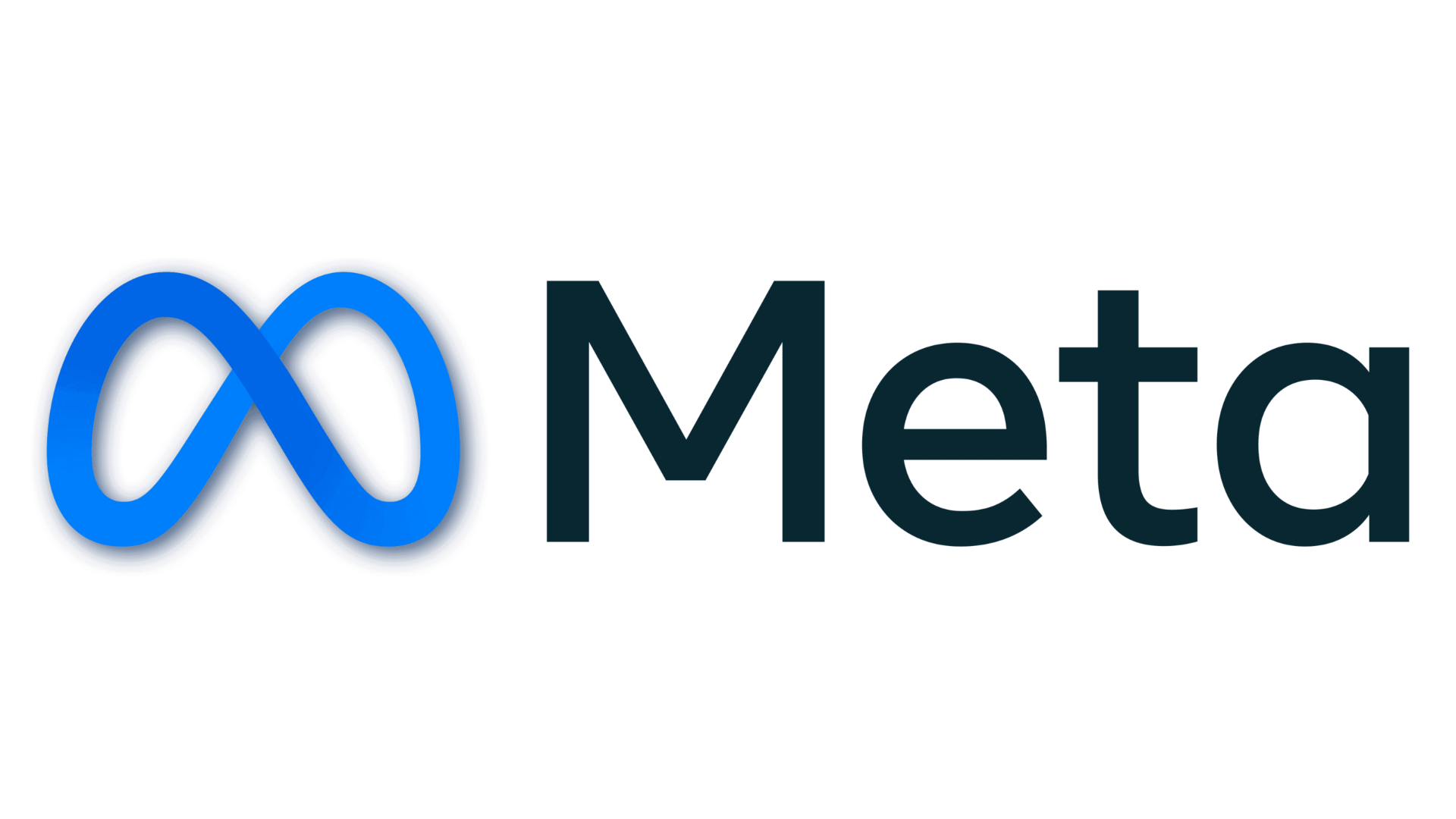Domain Authentication is the process of validating and confirming the legitimacy and ownership of a domain name. It ensures that actions, communications, or transactions associated with a specific domain are authorized, genuine, and in compliance with security and trust standards.
In the context of email communication, domain authentication helps in mitigating email spoofing and phishing attempts. It involves various protocols and technologies, including SPF (Sender Policy Framework), DKIM (DomainKeys Identified Mail), and DMARC (Domain-based Message Authentication, Reporting & Conformance).
SPF (Sender Policy Framework): SPF is a widely used email authentication protocol that verifies the sending mail server's identity. It checks if an email is sent from an authorized server associated with the domain mentioned in the email's From address.
DKIM (DomainKeys Identified Mail): DKIM is another email authentication mechanism that provides a digital signature to verify the authenticity and integrity of the email's content. It helps in confirming that the email has not been altered during transit.
Domain Authentication mechanisms contribute to trust and security in various online interactions, including email communication, website visits, and online transactions. By verifying the legitimacy of domains, users can trust the authenticity and credibility of the sender or website associated with that domain.
Understanding Domain Authentication and implementing robust authentication protocols is crucial for organizations to establish trust, enhance online security, and combat phishing attempts. It is an essential component of cybersecurity strategies and efforts to maintain a secure digital environment.

